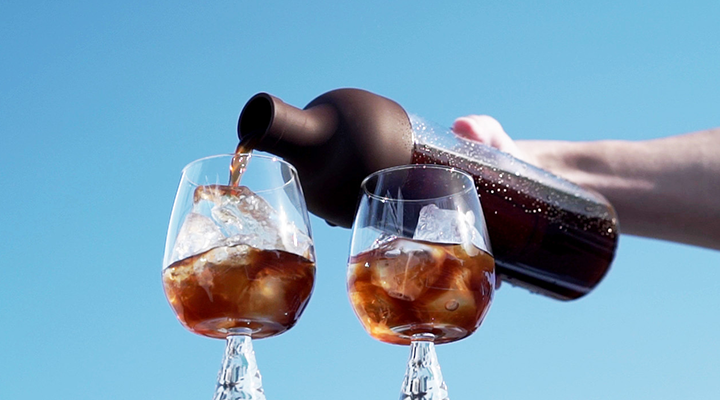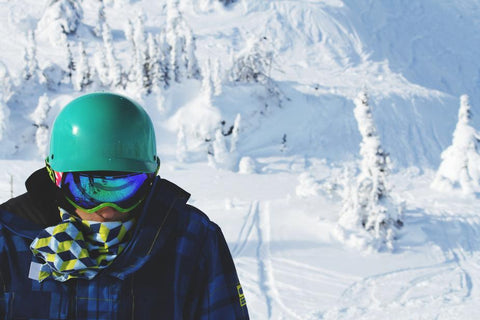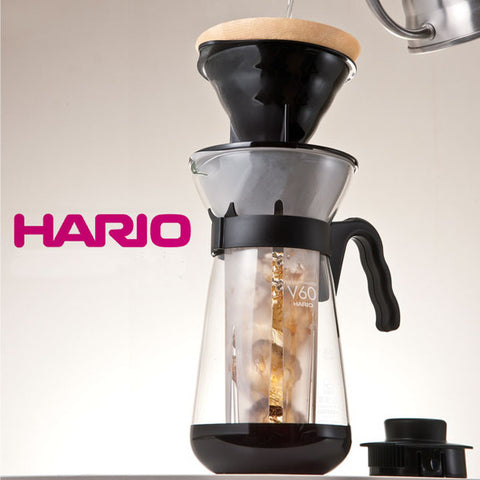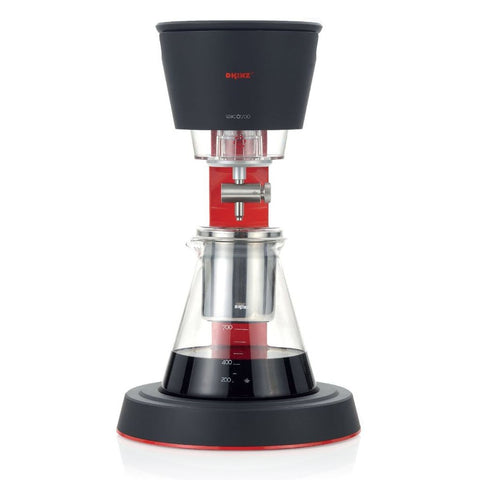Washed, Naturals, Honeys - What's The Deal?
It seems that the world of speciality coffee is hurtling forward at an incredibly fast rate. Part of this progression means that as a consumer, we have so much more information about the different coffees we drink. While this progress is amazing for the industry and for coffee lovers alike, it can seem daunting to suddenly have unfamiliar coffee jargon thrown at you. In this article we'll be looking at coffee processing, some of the terms you might come across, what they mean and how they affect the flavours in your cup.
What is coffee processing
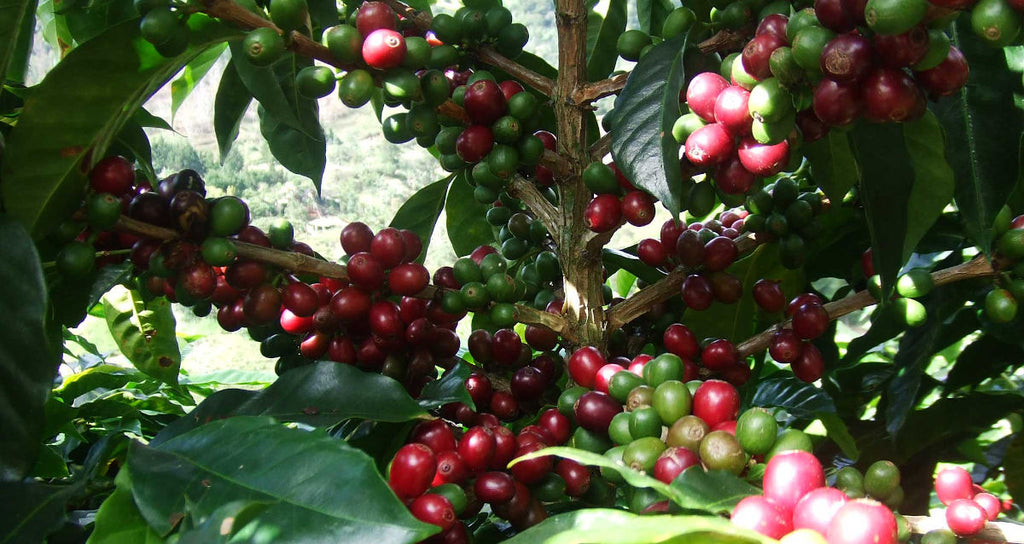
As you might know, coffee grows as a fruit that looks very similar to a cherry; it is in fact called a coffee cherry. This fruit contains a thin layer of fleshy fruit and usually two seeds. These seeds are what we know as coffee beans. Coffee processing quite simply refers to the method used to extract these seeds from the fruit. This process has a huge impact on the coffee it produces. It impacts every step of the coffee's journey from the farm to the roast to the brew.
Most notably, the processing method will affect the flavour of the coffee in a drastic way, not necessarily making it better or worse but making it taste significantly different. It also affects the density and sugar content of the coffee, meaning that roasters will need to approach how they roast these coffees completely differently. Lastly, different processing methods often lend themselves to being brewed differently, not referring to brew methods as such, but more to the nuances of one's brew recipe.
This article will explore the different processing methods, what they entail and what you can expect from them in the cup.
Natural processing / dry method
The method
The natural process is the oldest coffee processing method, dating back thousands of years to ancient Ethiopia. Naturally processed coffees are picked, sorted and laid out to dry in the sun. This means that the coffee cherry dries with all of the fruit still intact. The dried flesh of the cherry is then mechanically removed, leaving the green coffee, ready to be roasted.
Leaving the sugary flesh of the fruit intact during this process, leads to the fruit and coffee bean undergoing a lot more fermentation. While this fermentation can be desirable and lead to incredible tasting coffee, it requires intense monitoring and expertise to get right. If the layer of coffee is too thick, the fermentation can turn to rot; if the coffee is not turned often enough, the underside of fruit can develop mildew; if it is turned too often, you can stall the fermentation. It is a delicate art, but when done right, the reward is superb.
The natural process is the longest and most labour intensive as it can take up 4 weeks for the coffee cherries to dry sufficiently and the beans to reach the required moisture content of around 11% for export.
Cafe Imports gives an example of natural coffee processing in Ethiopia
What to expect in the cup
Drying the coffee in direct contact with all the sugars in the fruit gives natural coffees a noticeable and accessible sweetness, while the fermentation that it undergoes leads to these coffees having an intense and full-bodied mouthfeel. This sweetness and body mean that they are often favoured in espresso-style brews and would make a good option for those who enjoy milk in their coffee.
Natural coffees which are grown at a high altitude usually have berry-forward tasting notes (often intense blueberry or strawberry), while those grown at a lower altitude lend themselves towards chocolate, caramel and nutty flavours. Occasionally, the fermentation comes through in the taste of the coffee with a boozy sweetness reminiscent of sherry or late harvest wine.
When done well, fermentation can be used to highlight sweetness and fruitiness and add a lovely rounded body to a cup. This body and sweetness can come at a slight trade-off however, as natural coffees tend to have a much lower acidity than washed coffees. While this might seem like a good thing, the acidity in coffee is often what leads to the complexities of flavour in the cup. Without this acidity, naturally processed coffees can lack the diversity of other processing methods but when done with the meticulous attention to detail that you can see from an experienced producer, the additional sweetness can highlight the acidity while bringing balance to the cup.
In recent years, we have seen a resurgence in the popularity of natural coffees. This is due to a number of factors. We've seen producers begin to experiment with fermentation which has, in turn, led to some exceptionally exciting and unique coffees. Furthermore, the accessible sweetness and intensity of flavour found in naturally processed coffee mean that it tends to be a firm favourite for people new to the world of specialty coffee; you don't need an experienced palate or have a wealth of knowledge and understanding to have a coffee that tastes like a fruit bomb.
Check out all our natural coffees here.
Washed processing / wet method
The method
Washed coffee processing, also known as wet-processing, is the most common method of processing coffee in the world today. The process begins, as with most high-quality coffee production, with handpicking the ripest coffee cherries. These cherries are then sorted for defects (a simple float test - the cherries are submerged in water and defective cherries which float to the surface are then discarded) and de-pulped using a mechanical pulper. What is left at this point is a coffee bean covered in a sticky layer of fruit.
As with all processing, fermentation is a necessary part of the process, however, with washed coffee, the goal is to keep the fermentation as short and as controlled as possible. Fermentation helps to break down the sticky fruit layer (know as mucilage) and to help remove it from the coffee bean. There are two main ways to achieve this: either leaving the coffee to dry ferment, once it is de-pulped, or submerging it to ferment in water. The method used generally depends on the climate and coffee processing traditions of the region.
Once fermentation has reached an optimal level, the coffee beans are then submerged in a washing tank and left anywhere from a few hours to a few days, until all the fruit has been removed and what is left is a clean coffee bean. Some producers will wash their coffee multiple times to ensure that all the mucilage is removed
At this point, the coffee is laid out to dry. Producers must pay close attention to the drying stage of processing, turning the coffee regularly, as it is imperative that the coffee dries evenly and that mould or bacteria isn't allowed to grow on the coffee beans. Once the coffee beans reach ~11% moisture content (this varies in time depending on climate and whether the producer chooses to dry in direct sunlight, with a parabolic drier or shade dry the coffee), they are ready to be packaged and shipped.
One of the downsides of this processing method is that it uses a significant amount of water that needs considerable processing before it can be returned to the local water table. As such, this method can pose problems in regions that don't have an abundance of water.
Cafe Imports gives an example of washed coffee processing in Peru
What to expect in the cup
Washed coffees are prized for their clarity, acidity and unique flavour profiles. They are able to achieve much more definitive origin characteristics; for example, a washed Ethiopian can produce intense florals and stone fruit flavours, while a Kenyan will give you bright grapefruit and raspberry and a Colombian can taste like a tropical melon salad. These coffees tend to be vibrant and bright with clear fruity acidity and layers of complexity.
Because these coffee beans spend less time in contact with the sugars, their sweetness is often more subtle and nuanced. Having said that, they tend to have a much higher acidity which can lead to higher perceived sweetness; for example, if you taste notes of raspberry in your coffee, you will associate this flavour with sweetness and, while the coffee won't have any more sugar compounds, it will seem to taste sweeter.
This ability to highlight the origin characteristics and more intricate flavours have led many coffee aficionados to believe that with washed coffee, you are tasting the coffee: the origin, the terroir, the bean varietal, the altitude; whereas with other processing methods, the dominant flavours come from the processing.
This brighter acidity, clarity and more nuanced flavour, often make washed coffees preferable on lighter brew methods that highlight the more delicate flavour profiles and complexity that can be found in these coffees.
Check out all our washed coffee here.
Pulped natural and honey processes
The pulped natural method
The pulped natural processing was developed in the '90s in Brazil. It came about when producers wanted to maintain the clarity and vibrance of washed coffee while achieving the body and sweetness found in naturally processed coffee. The result is the pulped natural process, a hybrid of the washed and natural processes.
In this process, the coffee cherry is de-pulped, similarly to in the washed process, leaving a layer of mucilage (sticky, sugary and mineral rich flesh from the coffee cherry fruit) on the coffee bean. These coffee beans are then laid out to dry. Leaving the flesh of the fruit on the coffee bean during this stage allows more fermentation to occur than in the washed process but less fermentation than with naturally processed coffees. Similarly to the previous processing methods, this stage of the process requires meticulous attention to detail to ensure that over-fermentation doesn't occur and that the beans dry evenly
Once the coffee beans reach the desired moisture content of ~11%, the mucilage, which has now turned into a dry husk, is mechanically removed and the beans are ready to be packaged and transported.
The honey processing method
In recent years, a group of Costa Rican producers began experimenting with controlling the pulped natural process. This resulted in the birth of the honey process. The differentiating factor between the two processes is controlling precisely how much mucilage is left on the coffee bean and how long it is fermented for. This allows further control on where between the washed and the natural processes the final coffee would lie. The following is what we ended up with.
Yellow honey: Yellow honey is processed with the smallest amount mucilage remaining on the coffee, roughly 25%, and is dried as quickly as possible in order to mitigate fermentation. Due to water shortages in Costa Rica, this process was primarily developed to be as similar to the washed process as possible, without having the water waste.
Red honey: The red honey process maintains about 50% mucilage on the coffee bean and is designed to provide an even balance between the characteristics of a washed coffee and those of a natural coffee. The producer can choose to dry these coffees quicker or slower in order to achieve more or less fermented flavours.
Black honey: Lastly, we have the black honey process. This is very similar to the natural process as it involves leaving 100% of the mucilage intact. The results are coffees with intense body and sweetness that share a lot of characteristics with naturally processed coffee.
Cafe Imports gives an example of honey processing methods in Costa Rica
A lot of producers believe that this processing method is where the future of coffee lies. The ability fine-tune the balance of sweetness, body and acidity in the final cup gives producers more control of the flavours in the coffee than they have ever had before. Furthermore, being a low waste processing method adds to its popularity with producers.
What to expect In the cup
It's hard to be specific about what to expect from these coffees as pulped natural and honey processed coffees cover such a broad spectrum of approaches and flavours. What we can say is that you can expect a cup that maintains the delicate clarity of washed coffees while bringing to the table the body and sweetness found in naturals. These tend to be beautifully balanced and delicious coffees that have a lot to offer in any brew method.
Check out all our pulped natural and honey processed coffees here.
Final thoughts
As is the case with a product as diverse as coffee, nothing is set in stone. While coffees of certain processing methods do tend in certain sensory directions, that does not mean that you can't get a vibrant and floral natural coffee with fruity acidity or a bold and sticky, sweet washed coffee.
Brewing and roasting have gone through an incredible renaissance in the last few decades, and we are now able to achieve things that we never knew were possible. We are seeing this mindset of progression and experimentation carry through to the coffee producers, and the results are increasingly delicious and varied. The world of coffee processing is no longer as simple as washed and natural coffees; we are seeing unique styles of fermentation such as anaerobic fermentation and more control over variables such as in the honey processes. The consistency and quality improvements we are seeing as a result of this are huge. It really is an exciting time to be a coffee lover and an even more exciting time to begin your journey into the world of specialty coffee.

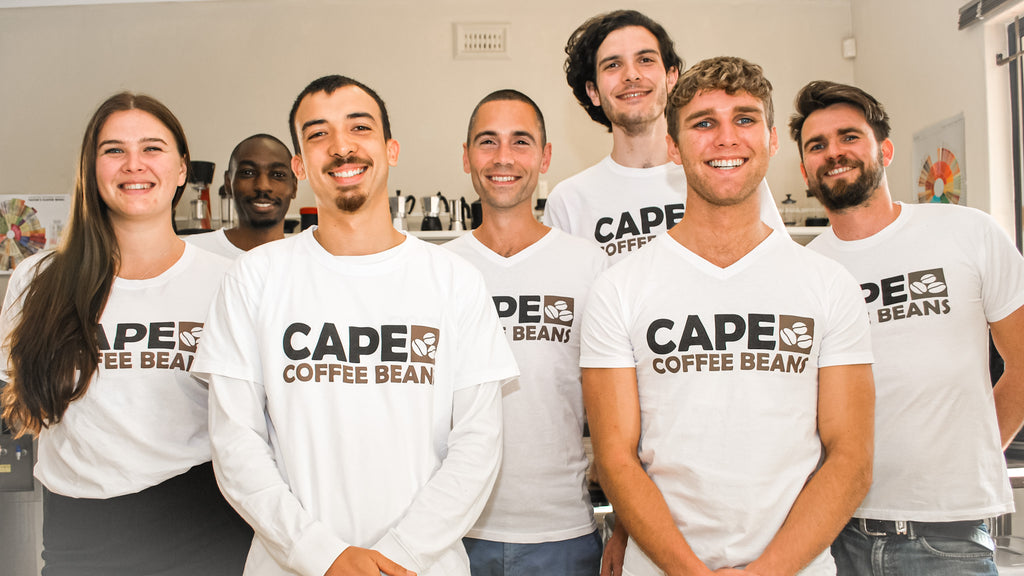
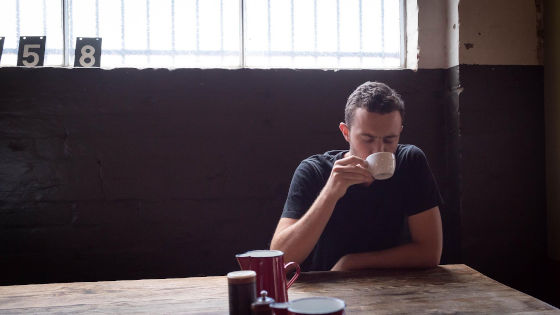


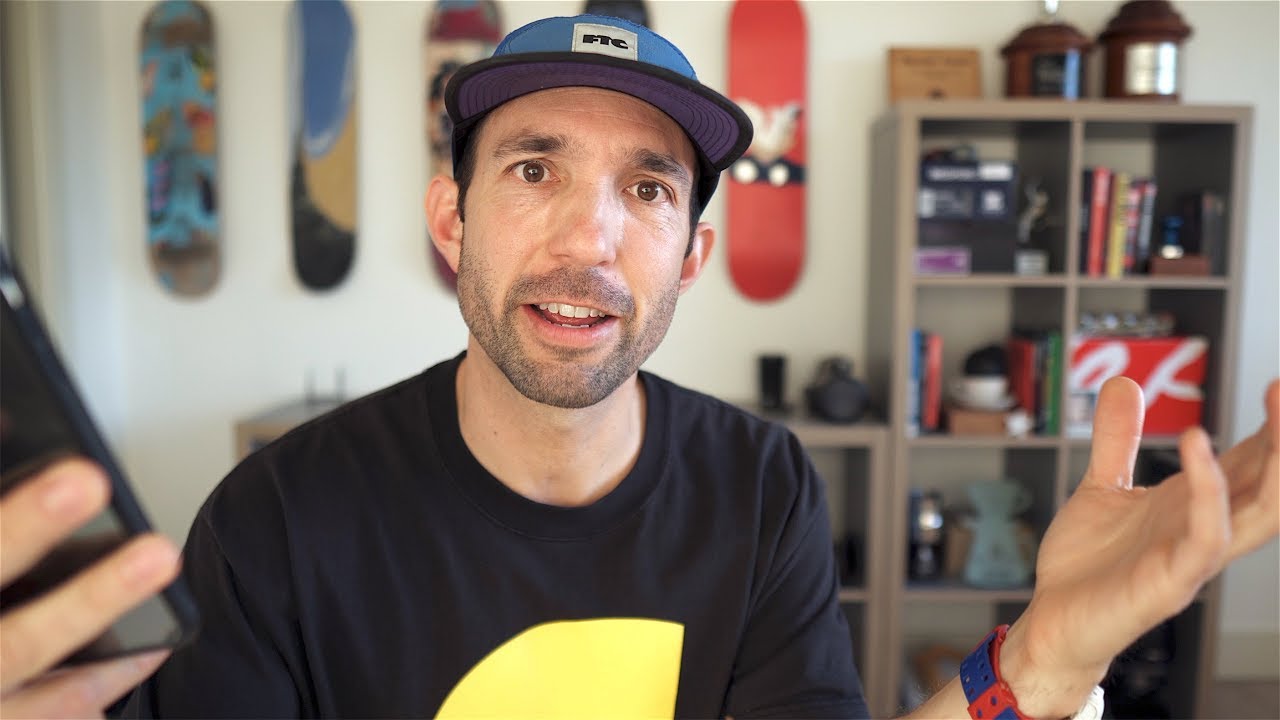

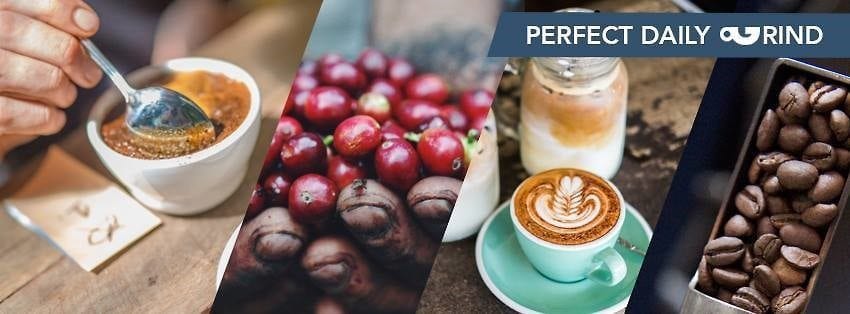



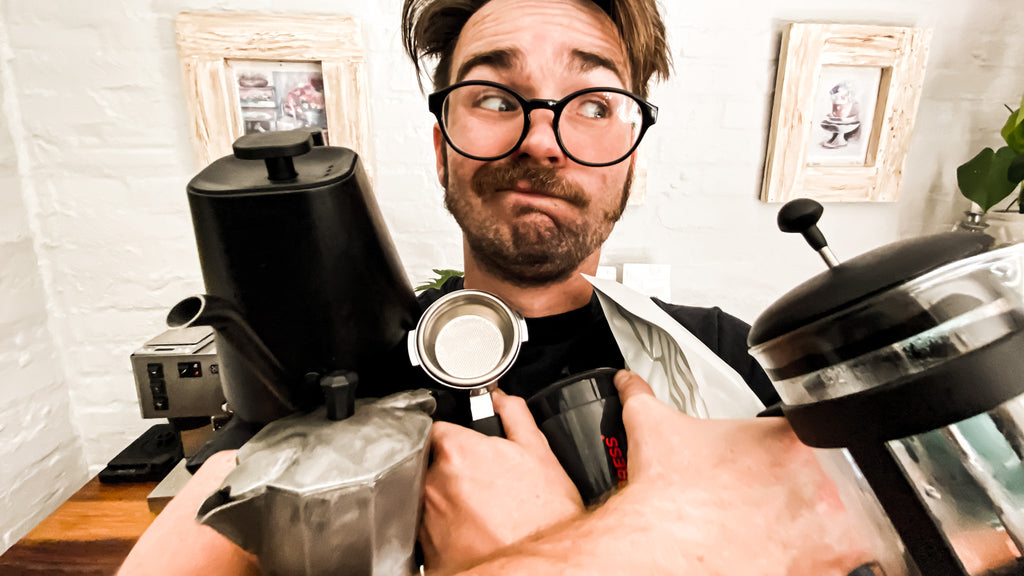
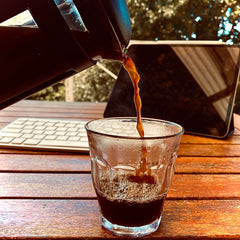 You wake up, and you want coffee. It's as simple as that. You want it fast, you want it simple, and you want it to taste damn good. Well, now is the time to dig out that dusty old french press in the back of your cupboard! The french press is like that old uncle at family gatherings who, despite being quite dated and a bit dusty, he always brings a spot of joy, and everyone loves him!
You wake up, and you want coffee. It's as simple as that. You want it fast, you want it simple, and you want it to taste damn good. Well, now is the time to dig out that dusty old french press in the back of your cupboard! The french press is like that old uncle at family gatherings who, despite being quite dated and a bit dusty, he always brings a spot of joy, and everyone loves him!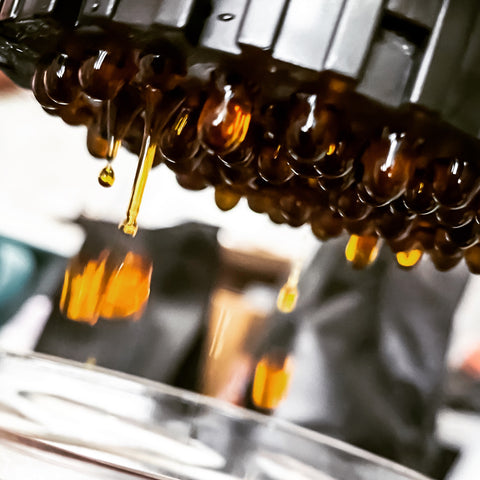 So, you've dabbled in coffee a fair bit, you have your favourite roaster, you love your Aeropress, and you understand that, with a little bit of attention to detail, your coffee can be amazing! You have nailed your recipe; it's part of your daily routine, and it brings you a little bit of joy every morning! The Aeropress is your best friend, and it delivers, without fail, every time!
So, you've dabbled in coffee a fair bit, you have your favourite roaster, you love your Aeropress, and you understand that, with a little bit of attention to detail, your coffee can be amazing! You have nailed your recipe; it's part of your daily routine, and it brings you a little bit of joy every morning! The Aeropress is your best friend, and it delivers, without fail, every time! You are really into coffee! You probably have quite a few different brewers at home. You love getting into the minutia of each and every brew. You've probably thought about competing the brewers cup or the Aeropress championships - maybe you even have competed. No doubt, this love affair with home brewed coffee began with the Hario V60 dripper.
You are really into coffee! You probably have quite a few different brewers at home. You love getting into the minutia of each and every brew. You've probably thought about competing the brewers cup or the Aeropress championships - maybe you even have competed. No doubt, this love affair with home brewed coffee began with the Hario V60 dripper.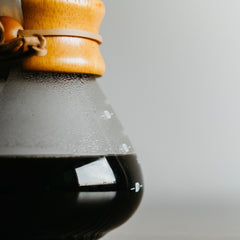 Let's be honest with ourselves here; a lot of the coffee equipment you see out there is gorgeous. While each of the items on the list below is no doubt at the top of its class in quality and will definitely add value to your brews, there is almost always a more affordable option. Having said that, if you are the type of coffee brewer who is looking for the best of the best and a designer brew set up, to match your designer kitchen, then look no further.
Let's be honest with ourselves here; a lot of the coffee equipment you see out there is gorgeous. While each of the items on the list below is no doubt at the top of its class in quality and will definitely add value to your brews, there is almost always a more affordable option. Having said that, if you are the type of coffee brewer who is looking for the best of the best and a designer brew set up, to match your designer kitchen, then look no further. From the moment you received that first flat white with a perfect rosetta in it, you wanted more. You had your first sip and the sweet and delicate but deliciously creamy drink was almost overwhelming. This is now all that you drink, and you have been spending your days perfecting those espresso shots and that latte art!
From the moment you received that first flat white with a perfect rosetta in it, you wanted more. You had your first sip and the sweet and delicate but deliciously creamy drink was almost overwhelming. This is now all that you drink, and you have been spending your days perfecting those espresso shots and that latte art!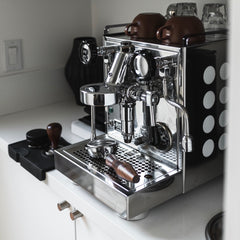 You remember the good old days back in college when this coffee obsession started. At first, it was just to keep you awake through exams, but 6 months later, you were wearing flannel shirts and slinging espressos in your local corner cafe. It was the early days of the third wave coffee revolution, and everyday was exciting. Unfortunately, college came to an end, and you had to get that career rolling, but there is a little corner of nostalgia in your kitchen in the form of a nice little espresso set-up. You already know all the tips and tricks, and you love to impress your dinner guests, but at the end of the day, this is your little corner of joy.
You remember the good old days back in college when this coffee obsession started. At first, it was just to keep you awake through exams, but 6 months later, you were wearing flannel shirts and slinging espressos in your local corner cafe. It was the early days of the third wave coffee revolution, and everyday was exciting. Unfortunately, college came to an end, and you had to get that career rolling, but there is a little corner of nostalgia in your kitchen in the form of a nice little espresso set-up. You already know all the tips and tricks, and you love to impress your dinner guests, but at the end of the day, this is your little corner of joy. I have yet to come across one of you but I have no doubt that you exist! You are mad about coffee and nothing will get in the way of your pursuit of the perfect shot of espresso. You don't drink milk in your coffee, and you don't mess around. This is business.
I have yet to come across one of you but I have no doubt that you exist! You are mad about coffee and nothing will get in the way of your pursuit of the perfect shot of espresso. You don't drink milk in your coffee, and you don't mess around. This is business.